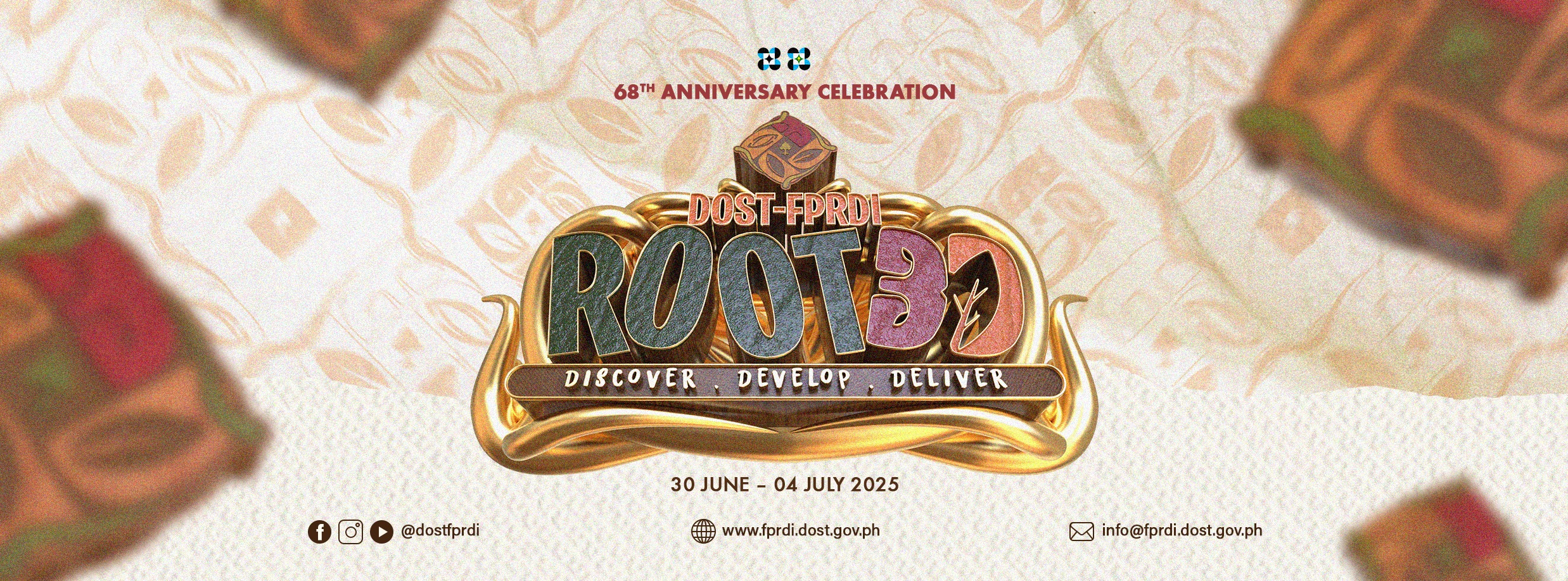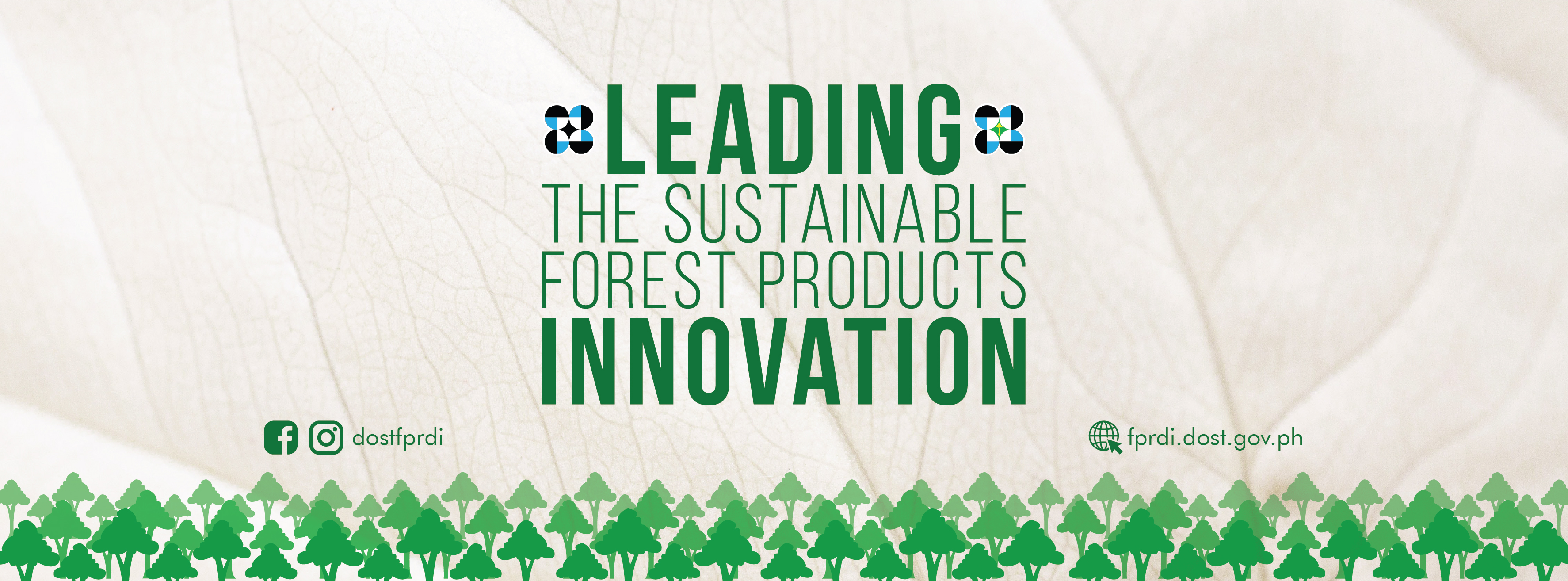Forest communities in Cebu and Camarines Norte can soon look forward to better ways of making a living from native cinnamon trees. This is according to Ms. Florena B. Samiano of the Department of Science and Technology’s Forest Products Research and Development Institute (DOST-FPRDI).
Says Ms. Samiano, "The Institute is now working on the third of a series of projects that seek to better understand the Philippine cinnamon species. Since 2015, with the help of funding partners, we have tried to find high-yielding yet sustainable techniques for harvesting the bark of the trees.
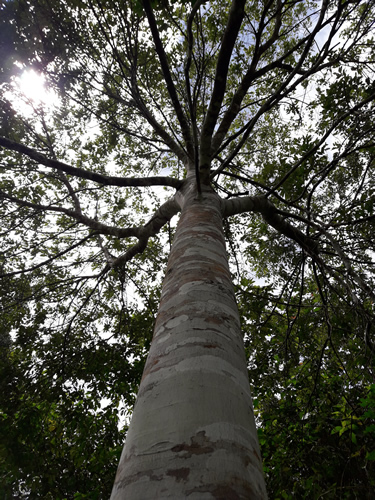
|
| Cinnamon mindaense tree. |
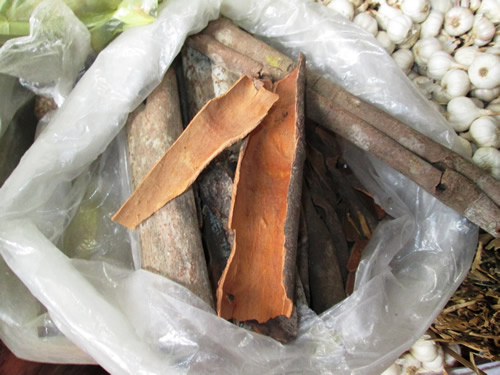
|
| Cinnamon bark. |
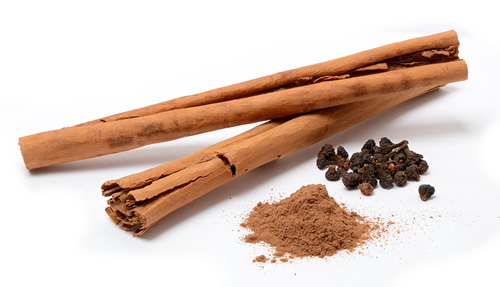
|
| Cinnamon sticks, powder and dried flowers. (Source of photo 3: https://en.wikipedia.org/wiki/cinnamon) |
"This year, with fund support from the Department of Environment and Natural Resources - Foreign Assisted Special Project Services (DENR-FASPS), we are focusing on the two-year venture titled ‘Technology Adoption on Proper Harvesting and Utilization of Philippine Cinnamon.’ We want to do three things: study how the bark of two types of cinnamon grows back after being stripped and make policy recommendations based on this, know the chemical properties of the oils extracted from the bark, and examine the current market of cinnamon products in the country."
The cinnamon tree is known for its sweet-smelling bark and leaves which are used as food flavoring around the world. It is also a popular medicinal herb which promises to become a major ingredient in the country's natural health products sector. Despite its usefulness, however, very little is known about the Philippine cinnamon. (Florena B. Samiano & Rizalina K. Araral, March 7, 2018)#

